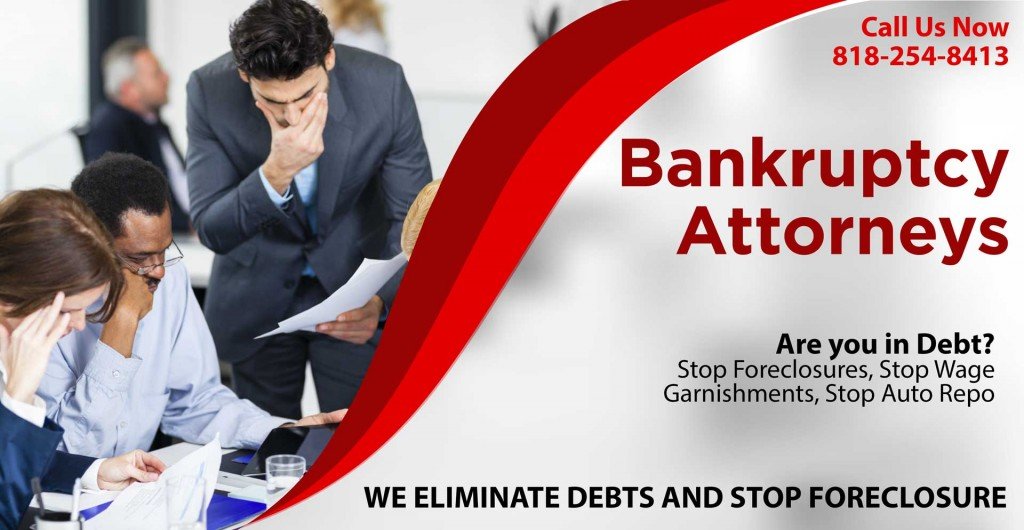 In bankruptcy, there are two general types of debt – secured debt and unsecured debt. The type of debt is important because it will determine how much the creditor may receive in bankruptcy. For example, someone filing bankruptcy to wipe out credit card debt will most likely eliminate the debt without having to pay any portion back to the credit card company because it is an unsecured debt. On the other hand, a car loan will most likely have to be paid back because it is secured against the car; if the loan is not paid back upon filing for bankruptcy, the car may be sold.
In bankruptcy, there are two general types of debt – secured debt and unsecured debt. The type of debt is important because it will determine how much the creditor may receive in bankruptcy. For example, someone filing bankruptcy to wipe out credit card debt will most likely eliminate the debt without having to pay any portion back to the credit card company because it is an unsecured debt. On the other hand, a car loan will most likely have to be paid back because it is secured against the car; if the loan is not paid back upon filing for bankruptcy, the car may be sold.
Secured Debt
Secured debt is debt for which the payment is secured by the property. If the debt is not paid, creditors are legally entitled to take possession of the property and sell it in order to collect what is owed to them. The means by which creditors may take possession of the property is governed by various laws and regulations. A common example of creditor action is the repossession of a car when a secured loan is not paid back for a vehicle.
Two common examples of secured debt are mortgages given to secure the repayment of amounts owed for a home purchase, and security interests in cars or trucks to secure repayment of these purchases. In these cases, the lenders or banks providing the loan for the home, car, or truck purchase are said to be “secured creditors,” as they will have rights in the home or vehicles if payment is not made. These rights will come before other creditors (referred to as unsecured creditors) in the event that these assets are sold.
Unsecured Creditors
Unsecured creditors are those that do not have their debts secured by a property. As an example, credit card companies are typically unsecured creditors. The simple rule in bankruptcy is that most unsecured debts are wiped out at the time of discharge.
In the context of bankruptcy, unsecured creditors may sometimes be paid back when a person filing bankruptcy has assets that are not protected from sale. Those assets are property such as a very valuable car or a home that has more than $100,000.00 worth of equity. In Bankruptcy, as a rule, secured debts must be paid back before unsecured debts. For instance, if a debtor has a car loan that is secured by a car, the lender that made the car loan would be paid out first before the unsecured debtor would be entitled to any of the proceeds from the car sale. If the car is sold for less than what is owed on the car loan, the lender for the car loan would be entitled to the full amount of the proceeds from the car sale. The car loan lender would then also become an unsecured creditor for any remaining balance due on the car loan.
As a result, secured lenders are usually in a much better position than unsecured lenders in bankruptcy in terms of recovering for amounts owed to them.









